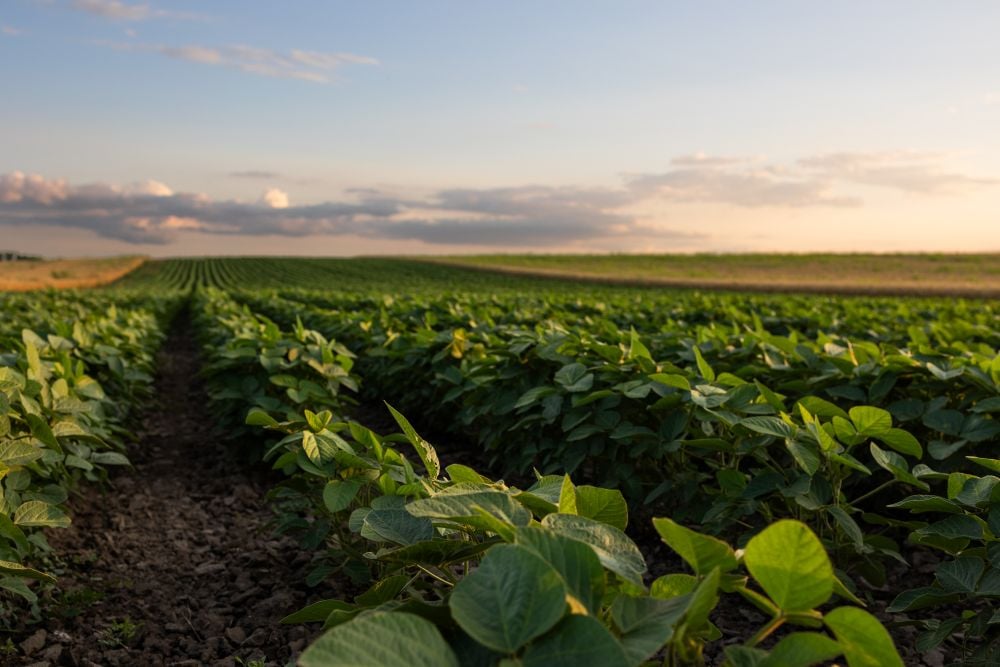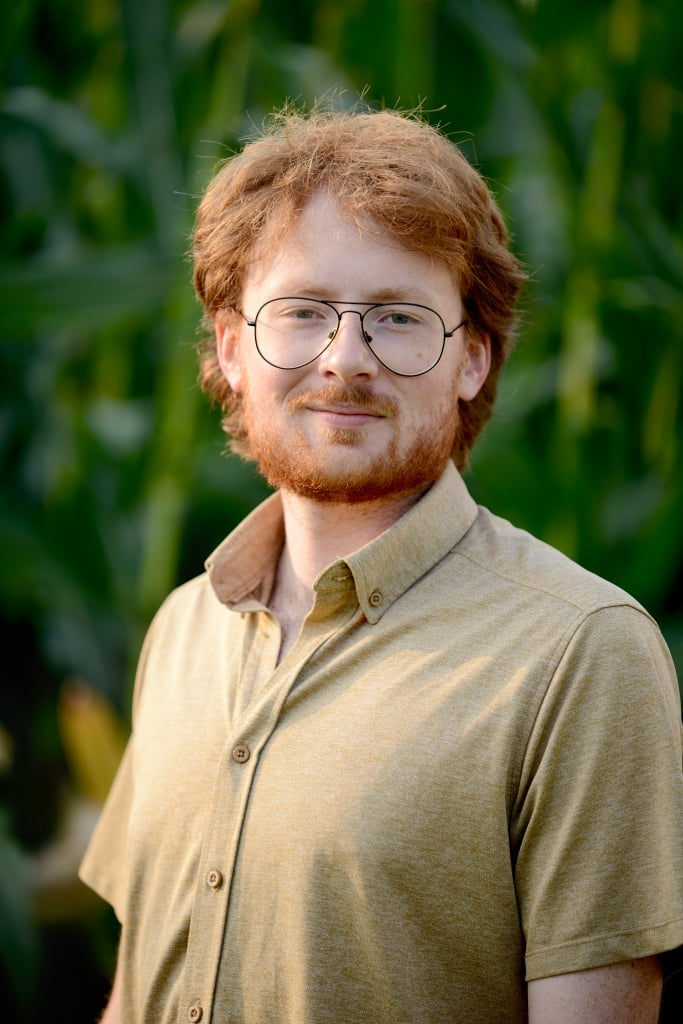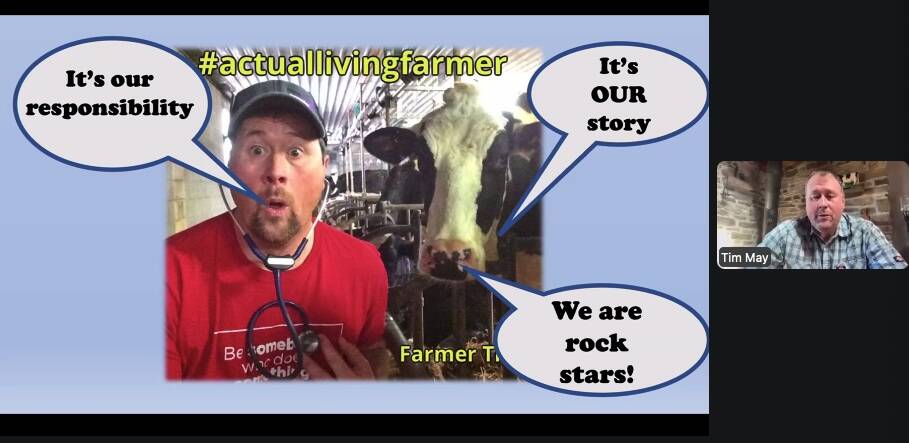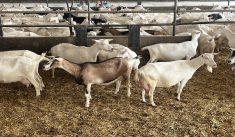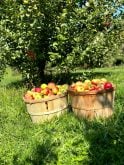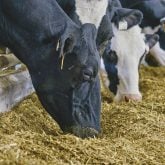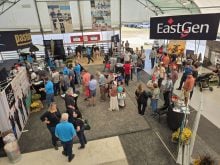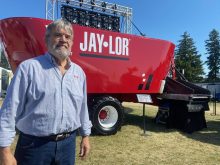Stories and anecdotes of personal experiences can be valuable tools for promoting farm safety, speakers at the recent Canadian Agricultural Safety Association (CASA) annual conference said.
Why it matters: Farms are risky workplaces, mentally and physically. Personal connections and examples make communicating that risk easier.
Throughout the four-day virtual event, speakers discussed how to make farms safer and healthier places both mentally and physically. Many speakers agreed that tough statistics and data may give accurate figures about safety and incidents, but real-life examples have more power.
Read Also
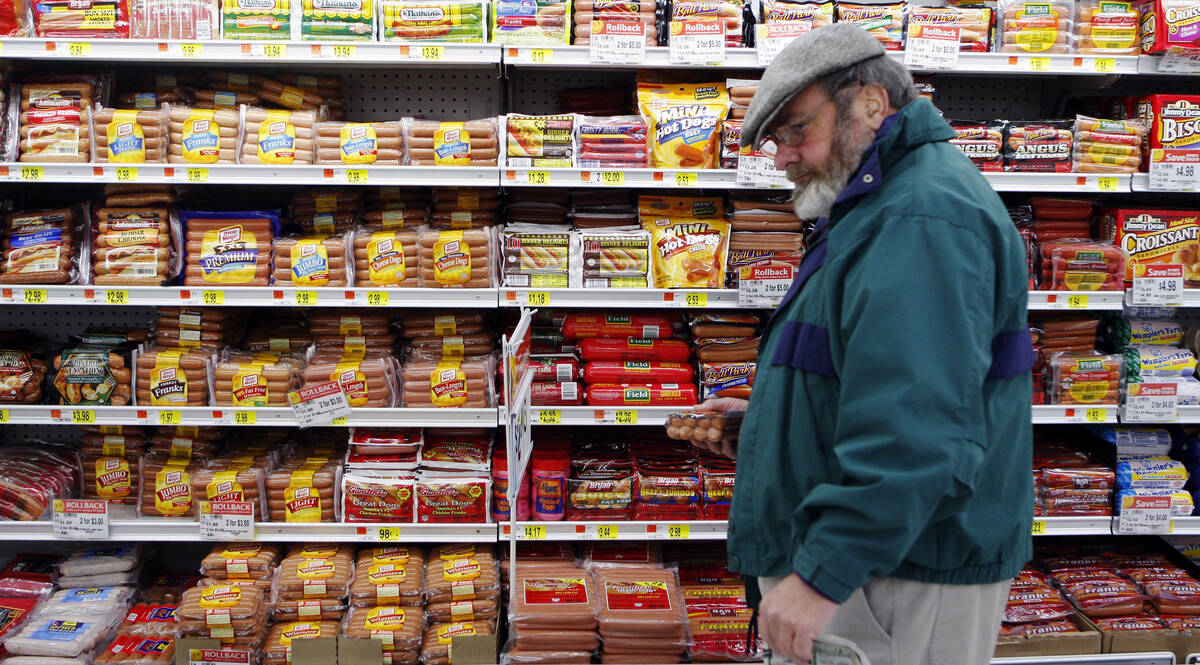
Canada seventh-most influential country on agri-food
Report from Dalhousie University and MNP shows Canada ranks seventh among G20 countries on agri-food influence.
“Stories move people. Stories matter. Stories can move policy, and they do,” said Bryan Weichelt, a research scientist with the Wisconsin-based National Farm Medicine Centre (NFMC).
“These aren’t just numbers on a poster at an academic conference or on a slide at a webinar. These are real people, real families, and far too often, real children.”
Alberta farmer and host of the Rural Woman Podcast, Katelyn Duban spoke about her experience moving to a farm later in life, and how much the stories of other rural women influenced and helped her understand risks on a farm.
“It’s from hearing from other women in agriculture who have lived these risks — their stories have opened my eyes even wider to what safety really means on a farm,” she said.
“When women share their stories, whether it’s about a near miss on equipment, or the weight of being overworked or the toll of mental health … They are opening the door to this cultural change.”
Those stories, she said, have more power than manuals or checklists ever could.
Duban closed by encouraging anyone in agriculture to share their stories, because “what seems ordinary to (farmers) could be extraordinary to somebody else.”
NFMC Communications Manager Scott Heiberger spoke about how storytelling relationships between farmers and journalists can result in more effective safety communication. He said farm fatality reports can be valuable to media, but journalists often need personal stories to help draw attention to their stories.
Heiberger said the NFMC created a website, AgInjuryNews, which provides a database of on-farm injury reports across the United States. Journalists can use this system to research past incidents to keep current ones from seeming like anomalies, he said.
“We can try to get out of the mindset that, ‘stuff just happens, and that’s farming for you,’” he said.
As an example, he mentioned a time when a reporter was writing a story about a tractor fatality in his area.
“He went to AgInjuryNews. He just started poking around, and he was based in the D.C. area, and found a tractor fatality in Virginia.
“He contacted the family that had lost a family member a few years earlier and interviewed them and came up with a lead that caught people’s attention, so that they could get to the rest of the really good reporting he had done.”
In the final presentation of the conference, Ontario dairy farmer and social media “agvocate” Tim “Farmer Tim” May cautioned attendees about what can happen if agriculture’s story isn’t told responsibly.
Through his social media presence, which includes over 130,000 followers on Facebook, and outreach efforts like farm tours, May works to demystify dairy farming and agriculture in general.
“It’s our responsibility to tell our story,” he said. “We have organizations that speak for us. We have the Dairy Farmers of Ontario, farm safety associations … but farmers really need to be telling their stories too.”
May showed several examples of online misinformation spread by industry opponents like animal activists or those selling health products trying to smear the dairy sector.
“I’ve been trying to tell the story of our farm, the story of agricultural in general,” May said. “And for those of you who think it’s someone else’s job to do that, … that’s partly true, but there’s other people out there who want to tell that story for you, and you may not like the moral to that story.”

